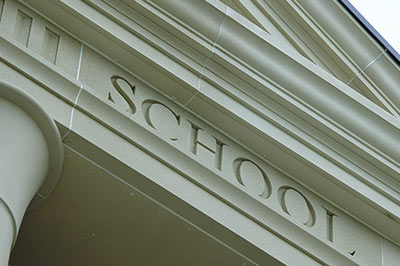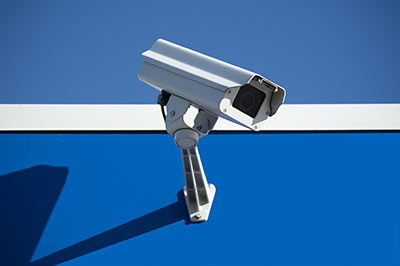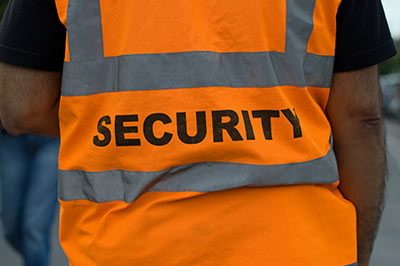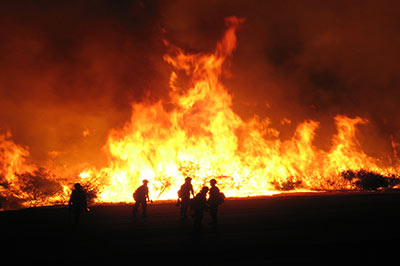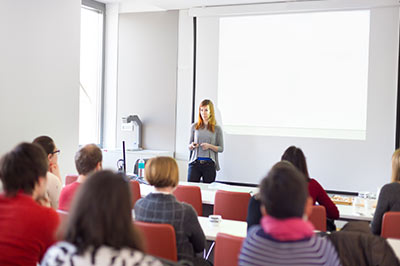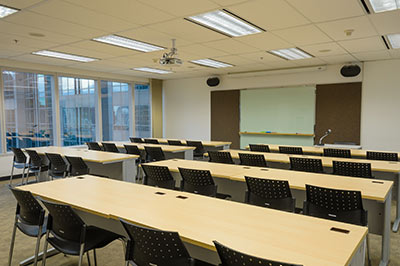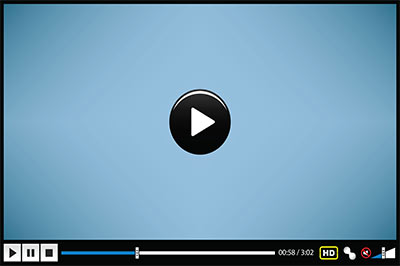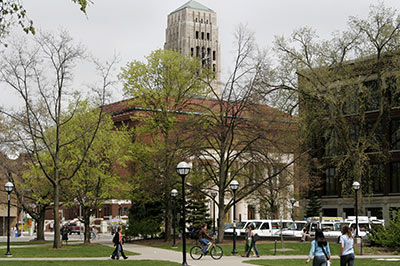North Carolina Campus Safe Task force, 2008. Attorney General Cooper charged the 21-member Task Force with reviewing the state of campus security and recommending ways to better respond to a critical incident. Specifically, he asked the Task Force to consider the following: (1) prevention of a critical incident, including increasing campus safety awareness and assessing whether particular students are a risk; (2) preparedness for a critical incident, including better ways to use technology and to enhance coordination between schools and law enforcement; (3) response to a critical incident, including the importance of having multi-hazard plans and crisis communications in place; and (4) recovery from a critical incident, including how campuses can learn from past tragic events.
This report reviews and recommends ways in which State policymakers, campuses, and law enforcement offices can improve response to an incident like the one at Virginia Tech. Additionally, this report highlights the many significant steps our campuses have already taken to keep students and faculty safe. As Hollis Stambaugh, Deputy Director of the Virginia Tech Review Panel, told Task Force members, “North Carolina is already ahead of the game.”

